In the United States, just over 56 million acres of land exist as Native American reservations, which is about 2.3 percent of the ancestral indigenous land that the country occupies. Despite its relatively small geographic footprint, the treasure trove of cultural richness and heritage found within tribal communities is undeniable.
Continue reading5 Ways Travel Brands Can Connect with Consumers
By Licia Walsworth — Communications Strategist travel
What may have started as a year full of excitement about cruises to tropical islands, getaways to the mountains, or first trips to magical theme parks has deflated into canceled plans, disappointment, and postponed dreams for travelers. travel
But that doesn’t mean all hope is lost for travel brands.
The spirit of travel is ingrained in us. Being confined for too long takes its mental and physical toll.
According to a recent Destination Analysts survey, almost half of American travelers are open to receiving news and updates about exciting travel destinations. People crave the mental break of reminiscing about places they have visited or dreaming of places they still want to go.
By adopting what is working in today’s unfamiliar travel PR and marketing territory, your brand could still find its voice and have it stand out over the crowd.
1. Silence Is Not Golden travel
The knee-jerk reaction of most brands was to halt all advertising and social media posts immediately. These companies perceived it as the only way to survive. But silence is not always golden. Skift.com recently highlighted how Booking Holdings and their sub-brands (like Booking.com and Agoda) successfully increased their market share over other travel companies, simply by staying the course. Consumers continued to see their advertising — and reacted with their wallets. In the grand scheme of things, Booking Holdings’ overall revenue was down, as it was for most travel brands during this time, but they grew their market share on Trivago from 39% to 54% year over year.
What’s the lesson? You may not be able to grow your market but you can take market share from your competitors and be better positioned as the market recovers. Wouldn’t we all like to see our share of the proverbial pie grow in those kinds of increments? As the age-old saying goes, out of sight, out of mind.
2. The Open Road Is Calling travel
In the same Destination Analysts survey, over 50% of respondents stated they would take a road trip over air travel in the next six months. That means it’s time for destinations to start investing in their own backyards. The drive market is calling. Even the New York Times is drawing attention to the nostalgia of road trip travel from decades ago when packing everyone in the family car and hitting the open road was the norm for summer vacations. Summers at the shore, camping in the mountains, and hiking in the forests have become welcome visuals overcrowded theme parks, city centers, and cruise ships.
The lesson is to let the drive market know you are there, what you offer (family drive-in movies in your parking lot? Drive through grab and go breakfasts?), and how you can help them save that much-needed family vacation— all to help boost your current business with the potential to create lasting loyalty and travel traditions for years to come.
3. Teamwork Makes the Dream Work
PerformanceIN suggests that now is the time to leverage your relationships, affiliates, and partners across the industry to find mutually beneficial outcomes. Travel bloggers, media influencers, and attractions need to work together to reach their target audiences, maintain consistent messaging, and make the consumer feel confident about the travel experiences they are considering. Find ways to work with the media to promote how safe, comfortable, and enjoyable your destination is.
While many destinations and resorts have been afraid to host media or influencers given they can’t deliver the full experience or support their site visit with the normal level of service, these writers and personalities are hungry to travel and engage with your brand and share positive socially distanced experiences with their readers and followers. You can also partner with attractions or restaurants to become a sort of one-stop-shop offering value-based add-ons to your clients’ stay. As households plan their travel, they’re looking for space and safety, not for discounts, so don’t chase this market down: add value instead through partnerships. It’s an opportunity to create a win-win situation, and spreading the wealth could be mutually beneficial not only now, but as the basis for long-lasting collaborations into the future.
The lesson here is while we can’t get together physically, we can partner virtually to get messages out and create the best possible travel experience for guests and visitors.
4. Visual Shopping – It’s a Buyers’ Market
The booking window for travel is shrinking — dramatically. Leisure travel used to have an average lead time of 28 to 90 days. According to Phocuswire, that window has whittled down to seven days. And in this period of stress, uncertainty, and distraction, time is of the essence. Consumers want to know that your destination is safe. They want to reassurance that safety protocols are being followed. They want to know that you know what you are doing. And they want to know that as soon as they get to your website.
Making it hard for them to find what they are looking for can mean one of two things: They will simply move on to your competitor’s site, or, they’ll call your hotel for this information, taking up the time of an already busy front-office worker. Don’t make the consumer do the work. Be proud of your message of safety — get it front and center. A video is the best way to show the consumer you mean business. Check out these videos we produced for Welk Resorts and the San Diego Tourism Authority for some great ways to let consumers know you mean business.
The lesson here is to show consumers your health and safety practices to build their confidence and secure their business. Let them see firsthand the steps your company is taking to ease any stress they may be feeling about their trip. Reach out if we can help you create your visual selling tool.
5. Personalization Fulfills Expectations
During a crisis, people want to know they are being heard. They want to be shown compassion. And they want to be able to let their guard down. It all starts with trust. Letting your consumer know that you hear and understand them and that you will cater to their needs speaks volumes. As Salesforce’s leading hospitality and tourism executive told Skift.com, lost are the days where frequent stays will increase a traveler’s loyalty status level. To win them over now, it’s time to get personal and customize their experience. Their information is at your fingertips — from their booking preferences to their age, hometown, and contact information. Building custom- experiences based on the knowledge you already possess will continue to make that customer brand-loyal for life.
According to Skift, more than 80% of customers said they experience a company provides is as important as its products and services. When you are thinking of your next mass e-blast or social media campaign, ask yourself how it speaks to your end consumer, specific personas, or the actual individuals receiving or engaging with your content. Does it get to them on an emotional level?
This lesson is that actively building connections will always yield higher returns than simply hoping for the best. One of my favorite mentors always said: “Hope is not a strategy.” Know your audience and what makes them tick. Then offer it to them. They will thank you in return.
Remember that this too shall pass. While we can’t know how quickly, we can continue to be present, be mindful of our message, and make the most of your assets to sell your story. The only direction to look is forward. Use thoughtful resources to guide your communications. Make every interaction intentional and meaningful. Consumers will remember — and will thank you for it.
Hospitality Communications Survival Guide in the New Tomorrow
Top 5 Social Media Tourism Trends for 2020
Three Essential Marketing Tactics for Hospitality Brands
1. Integrate the influencers
In this era of diminishing trust, the public craves authenticity. This is reflected in the massive growth of a hospitality marketing tactic that recently established itself and is expected to experience five times more growth by 2021– influencer marketing. Rather than sticking to the basic ad placement that’s blatantly meant to sell, influencer marketing creates a sense of sincerity. The influencer isn’t seen as some big corporation looking to make money, but rather as an admired friend that’s looking to inform their followers about a great product or destination that they think they’ll enjoy.

Influencers are now widely used in campaigns, but there are a few important steps you need to take prior to introducing an influencer into your hospitality brand’s campaign.
- Assess the campaign goals as well as the overall goal of the brand
- Analyze the influencer’s audience
- Evaluate the type of content the influencer posts to see if it will actually aid in achieving your brand’s goals (i.e. geotagging, hashtags, tagging, shots of the hotel/destination)
- Most importantly, track the levels of engagement between the influencer and followers
After assessing your goals and properly vetting the influencer, communicate your goals to the influencer. Don’t simply offer money or free product to the influencer in exchange for specific content. Instead, collaborate with the influencer to ensure they understand the mission of your brand and empower them to create the content that will resonate with their followers the best. This process results in content that feels more genuine and is more appropriate for the target audience.
2. Freshen up your storytelling
With the plethora of channels used by consumers to share and exchange information, it’s getting harder and harder for a hospitality brand’s content to stand out. Yes, being an outstanding writer is important, but what communicators now have to consider is how to best present their message to the audience in a fun, creative and visual way. Luckily for us, there’s a variety of exciting new storytelling tools at our disposal. From virtual reality to drones to infographics to 360 ° cameras, take advantage of these tools to create unique stories that immerse the viewer and hint at the kind of experience they will have if they choose your hospitality brand.
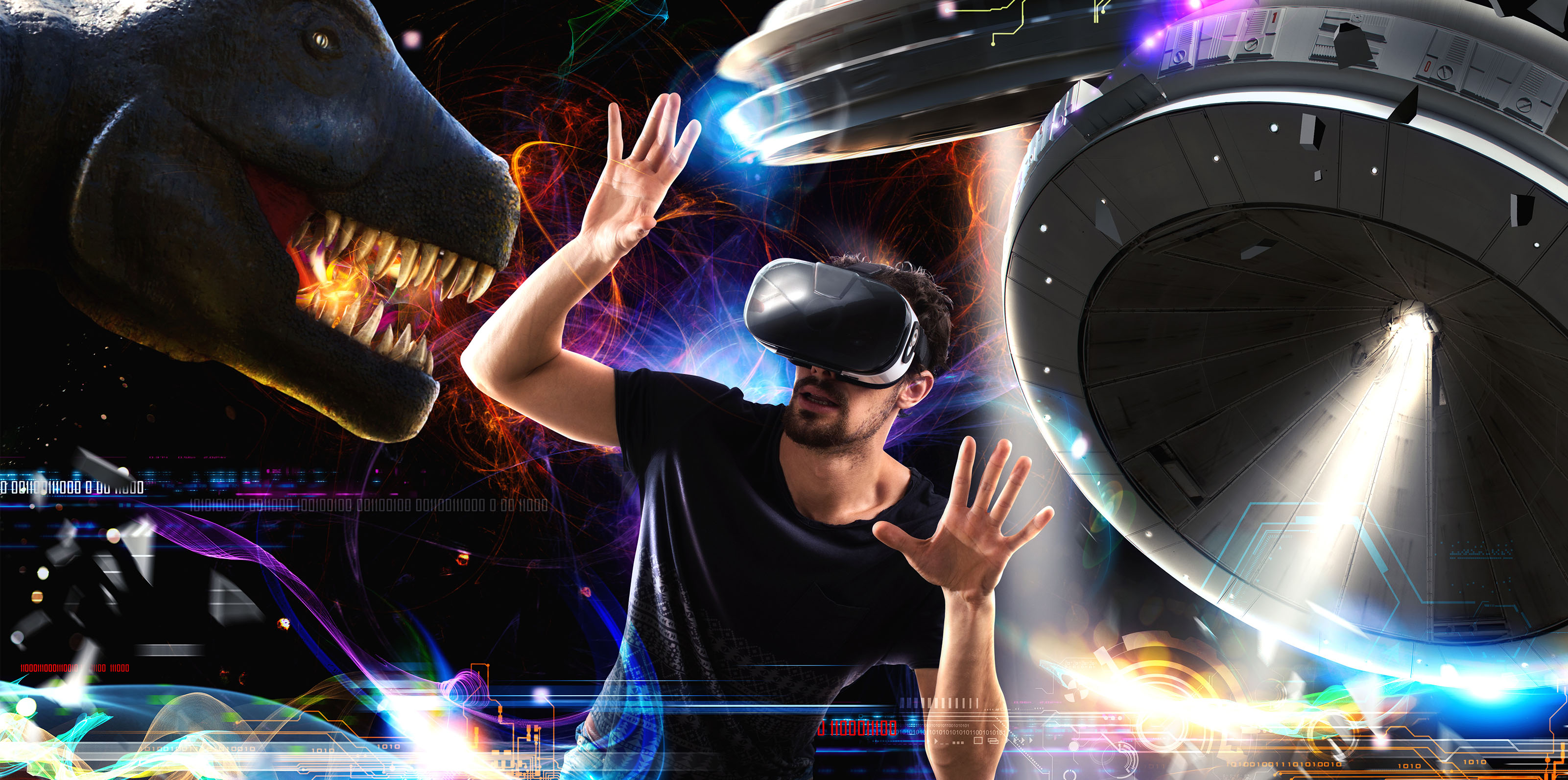
The point of using these technologies is to help spark a feeling about your brand through content. The ultimate at doing this is Disney. Instead of focusing on specifications and features – X number of beds, X amenities, $X per night, etc. – you should be focusing on the experience they deliver and the emotions surrounding it.
Sidenote, if you’re interested in hearing more about how to use 360° cameras in your campaign, read this post by WOC President and Founder Julie Wright.
3. Listen and engage
Two-way communication has never been more important than it is today. Users are not only consuming content, but they’re also creating it. Not only does user-generated content remove some of the hassle of creating original content, but it also creates a feeling of authenticity. Plus, an unpaid consumer sharing their experience with your brand is third party validation just like great media coverage.
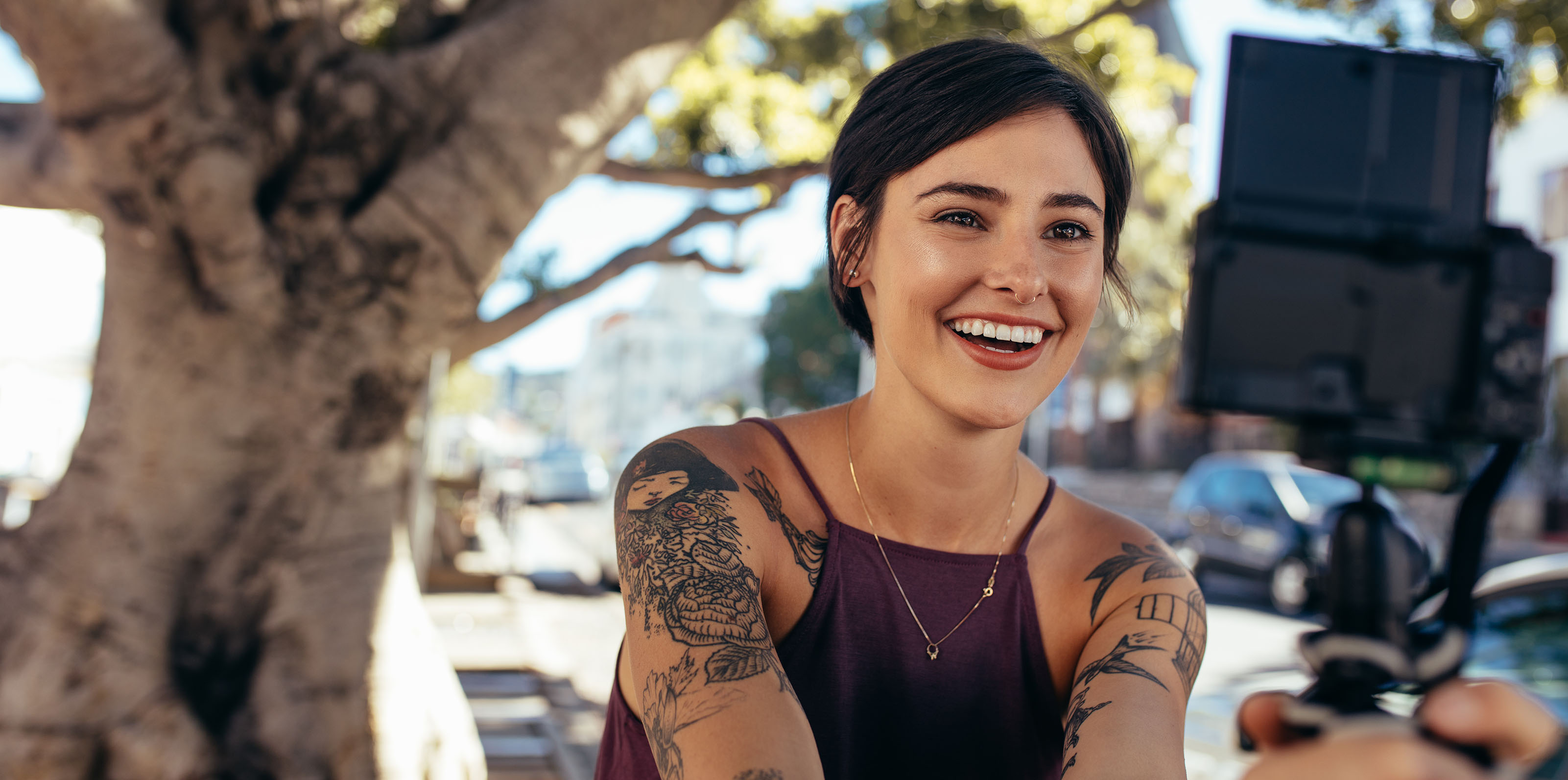
Take advantage of this user-generated content and find ways to include it in your communications strategies. To find this content, deploy social listening campaigns. Through social listening, hospitality brands are able to spot content where they’re featured and identify what’s being said about them. An excellent social listening tool is Hootsuite, which enables you to link and create dashboards for multiple social platforms that show streams of mentions, comments or shares so you can quickly and easily share or respond.
Natalia Xibille —Communications Coordinator
(W)right On Communications Best of 2017! #GSD
By Julie Wright —President
Twitter: @juliewright
I’m excited to see what 2018 holds for (W)right On Communications, but when I look back on 2017, I’m awed by all that our growing agency achieved! As we like to say here, we GSD–got “stuff” done! But more than that, we made stuff happen, and that’s how we measure success. Here’s a quick glimpse at the events that made a difference in 2017 from where I sit.
Epic Team Outing to Kick Off the Year
JANUARY: We started 2017 off on the right foot with a trip to Universal Studios to bring our hard-working team together for a fun outing. There was just one little challenge: the torrential rain. Talk about team building. Wearing our ponchos like super heroes, we braved the storm and had a blast. The day left us soaked with memories.
In January, we also celebrated Chance Shay’s promotion to Practice Area Director overseeing the agency’s dedicated B2B & Technology Public Relations practice and Land Development PR & Community Outreach practice. With eight years of strategic communications experience, Chance continues to make significant contributions to (W)right On Communications and 2017 was no exception.
Talking PR Measurement in Miami
FEBRUARY: PR measurement was something we continued to invest in throughout 2017. Attending the Ragan PR Measurement Conference in Miami Feb. 1-2 allowed me to hear from industry veterans, academics and PR leaders from MuckRack, Google, IBM and Spirit Airlines–to name just a few of the great speakers.
Ragan’s 2018 PR Measurement Conference is in San Diego Feb. 20 and 21. If you’re interested in staying on top of the latest in PR measurement trends, tech and best practices, it’s not too late to register here.
Launched “Thoughtful Thursdays”—WOC’s Internal Professional Development Series
MARCH: We launched our “Thoughtful Thursdays” in March. These were one-hour professional development workshops that brought our team together (in-person and via our web-conferencing tech) to learn the latest in PR measurement, media interviewing, social media advertising, integrated strategic campaigns, leading effective meetings and more. Sessions were led by Chance Shay, Kara DeMent and me. I really enjoyed these mornings and now look forward to our 2018 series.
Adding Media Integration Services
APRIL: We added media integration services to our agency public relations services. Unlike traditional publicity, media integration opportunities are paid, not earned, opportunities. They can feature your product or service as part of a national, regional or local news or lifestyle program and will often include a lead generation component. Media integration works extremely well for products that are experiential like a resort or destination, and our hospitality public relations practice and its client partners have made good use of media integration since the service launched.
Opening WOC’s Downtown L.A. Office
MAY: We took a space on the 35th floor of the Gas Tower in the Banker’s Hill area of downtown Los Angeles. Our convenient base in L.A. makes it easier for the team to meet with clients and media plus opens the door to new relationships. Personally, I love my Pacific Surfliner trips up and down the Southern California coast plus exploring all that downtown L.A. offers like the sights and flavors of Grand Central Market.
Taking the PR Measurement Conversation Global
JUNE: Grant and I traveled to Bangkok to attend the AMEC Global Summit on Measurement and annual awards dinner. The conference attracted communicators, media researchers and evaluation experts from across Europe and Southeast Asia. One of the highlights for me was meeting Professor Jim Macnamara in person. Somehow, I had the good fortune to sit next to him throughout the two-day conference. As the author of all the textbooks I studied on PR measurement, I was thrilled to meet him in person and hear about his latest projects firsthand.
A New WOC Strategist as Sweet as She is Swedish
JULY: Sandra Wellhausen joined our team this summer, and it felt like we’d found the missing bolt in an Ikea Billy bookcase box!
Nothing Eclipsed August
AUGUST: Pardon the pun, but a lot of effort went into seeing this major solar event. Being able to enjoy it with friends and family was the result of a great team supporting our (W)right On client partners and operations.
Peak Mindfulness
SEPTEMBER: It was a month of mindfulness for WOC with everyone at the agency focused on major client projects from a video for the City of San Diego’s energy efficiency programs to the grand opening of the University of Redlands’ new San Diego campus. Speaking of universities, our friends at the College of Business Administration at CSUSM had Grant and I in to speak to students during their “In the Executive’s Chair” class. But peak mindfulness (you’re expecting puns, now, I hope?) occurred as Shae Geary and I attended the Yosemite Wellness Retreat Weekend hosted by client partner Tenaya Lodge. We hiked Sentinel Dome stopping for yoga as we started off and once we summited. It was out of this world. Check out the link for their 2018 wellness weekend dates!
Are You Guys Dressing Up for Halloween? Of Course.
OCTOBER: It was another fun Halloween at (W)right On’s San Diego office.
Keeping the Creative Visual Communications Flowing
NOVEMBER: We were grateful that KeAsha Rogers joined our team bringing her graphic and digital design skills and passion to benefit our client partners. She had to hit the ground running as we were full-tilt in a sprint ourselves to launch a rebrand for one of our nonprofit client partners. (KeAsha, 16-hour days aren’t the norm—we swear!)
Making a Difference for a Major Nonprofit Client Partner
DECEMBER: December was the debut of Radiant Health Centers, a rebrand for AIDS Services Foundation Orange County which had been providing HIV testing, prevention and education services and comprehensive social services for 32 years. The nonprofit’s leadership saw the need to offer broader services to Orange County’s most vulnerable LGBT community members. Their launch event was a rousing success, and it was a proud moment for the entire (W)right On team. We have had the good fortune of helping many nonprofit clients over the years, but the courage and vision of Radiant Health Centers’ leadership and supporters have really touched and inspired us.
Not to be overlooked, we celebrated Kara DeMent’s promotion from Communications Coordinator to Communications Strategist in December.
What’s in Store for 2018?
We have so much planned for this year, but at (W)right On Communications, we like to take stock of our achievements and not gloss over the high points we hit in 2017.
2018 will mark a very significant milestone in the agency’s history. And to celebrate it, we’re working on exciting plans that will continue our growth, our ability to produce wins for our client partners and opportunities for our team members to grow and achieve. Stay tuned!
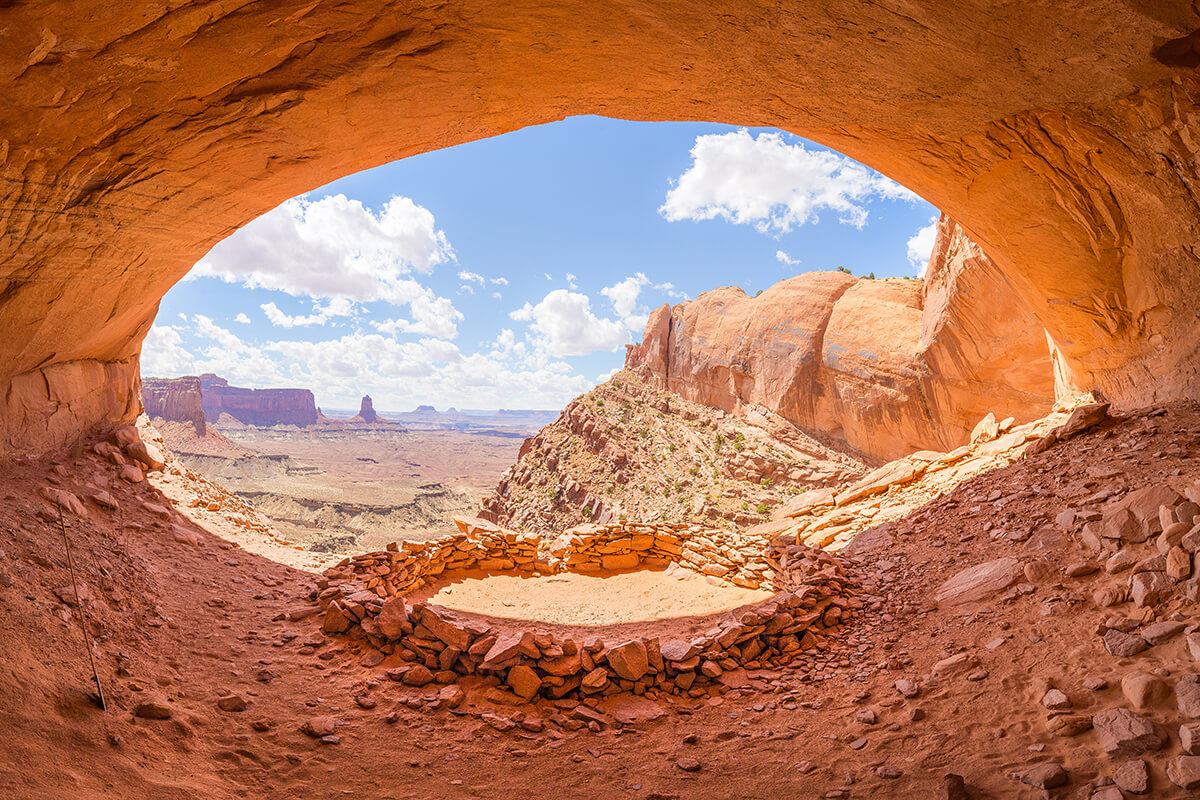

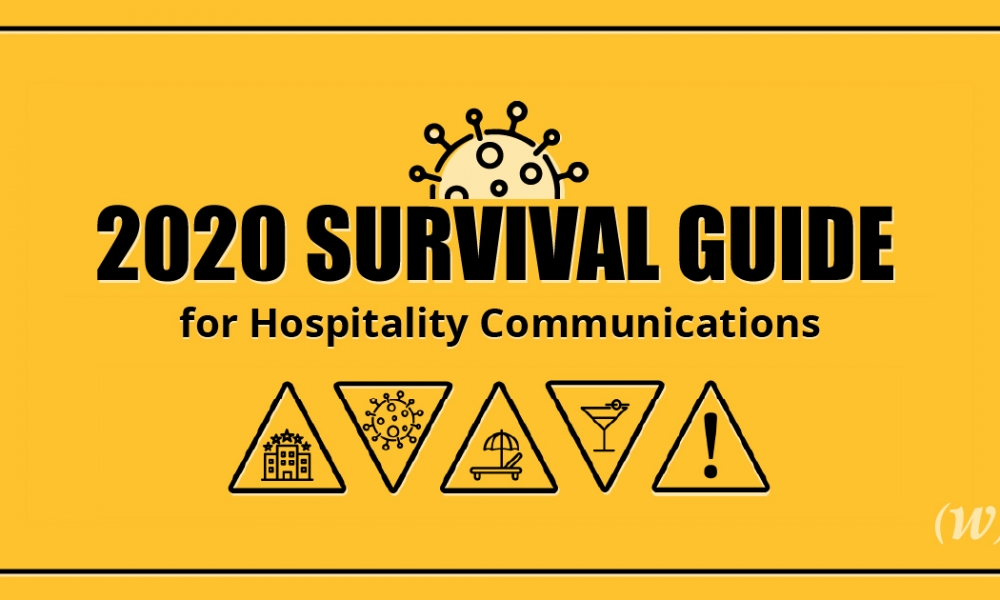
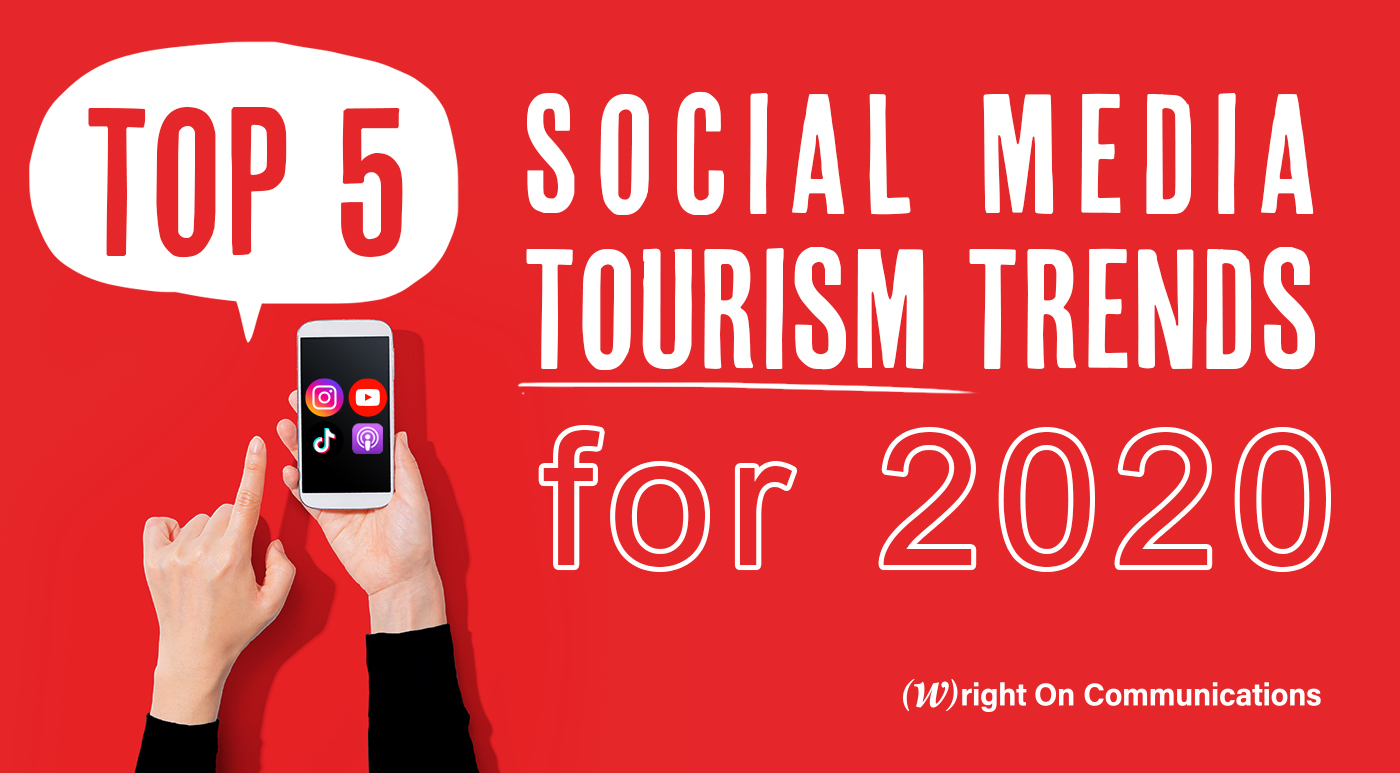
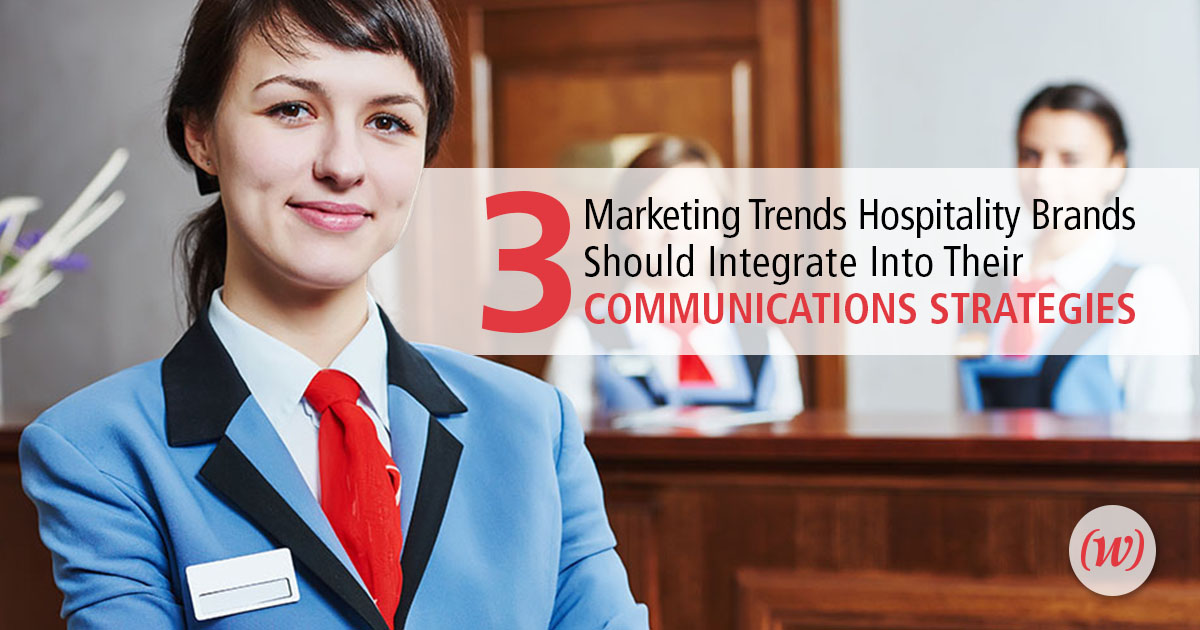






 Grant Wright
Grant Wright




 Corie Fiebiger
Corie Fiebiger
 Shae Geary
Shae Geary Roman Lukjanenko
Roman Lukjanenko Phelan Riessen
Phelan Riessen Katrina Early
Katrina Early Hamish Marshall
Hamish Marshall